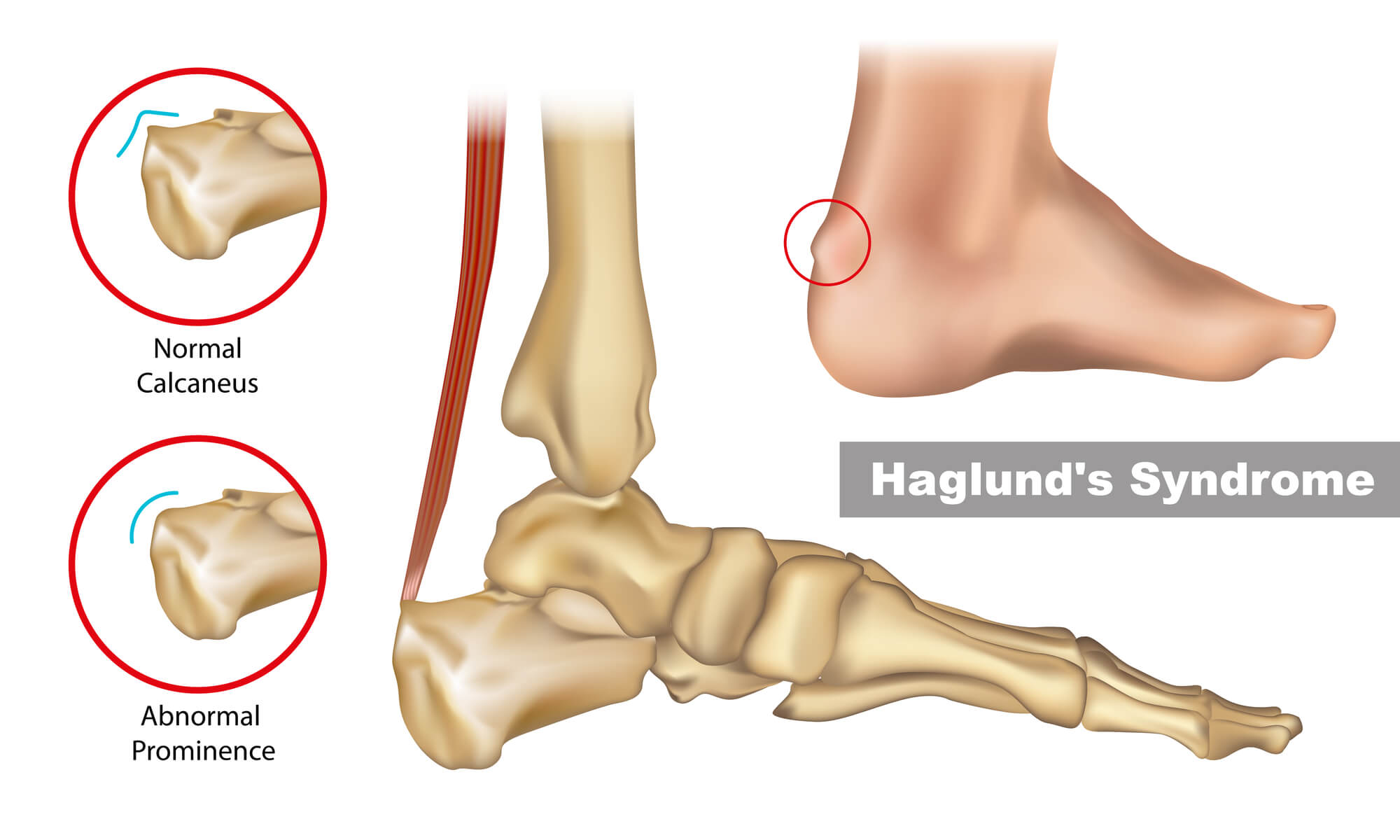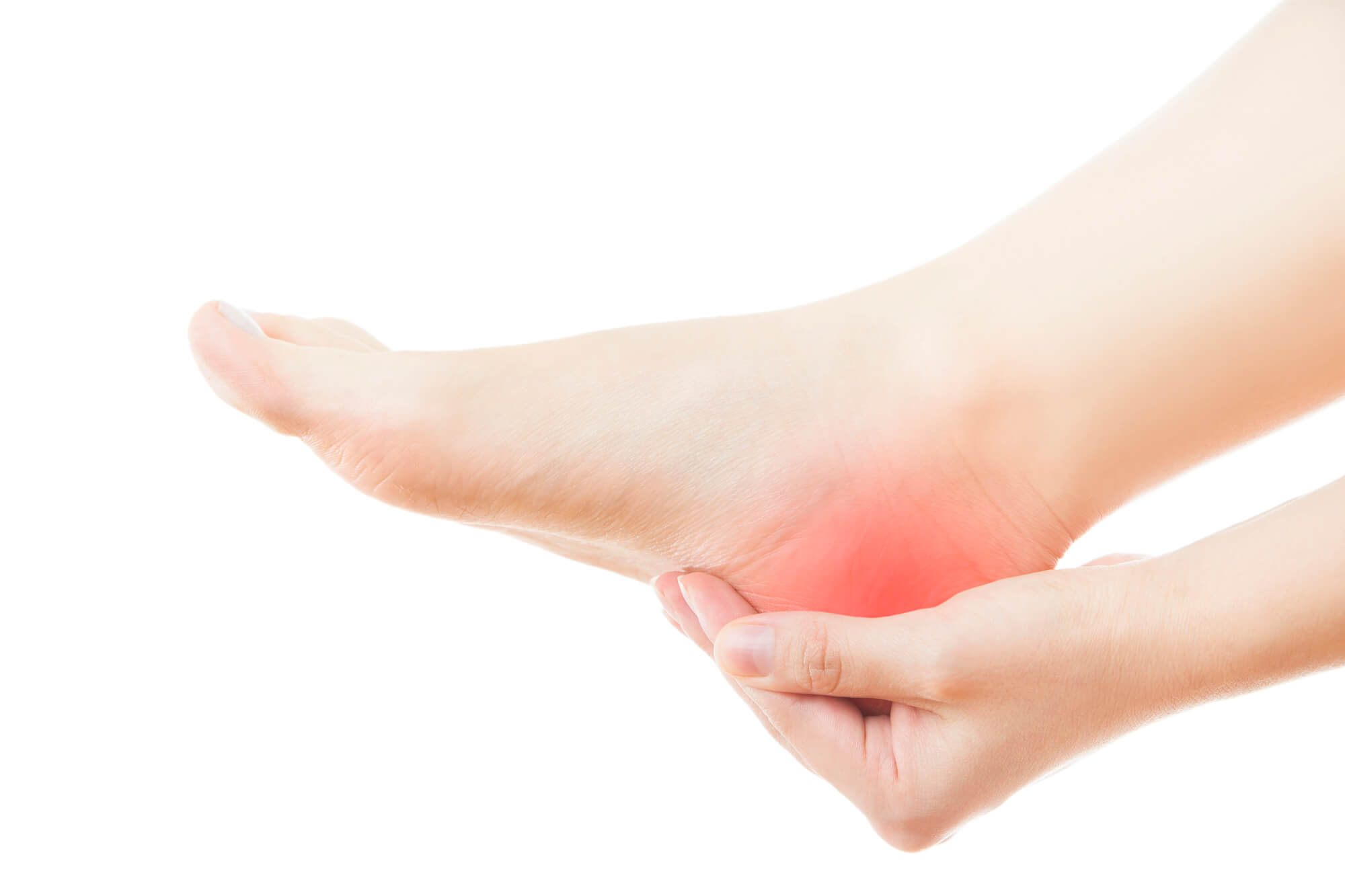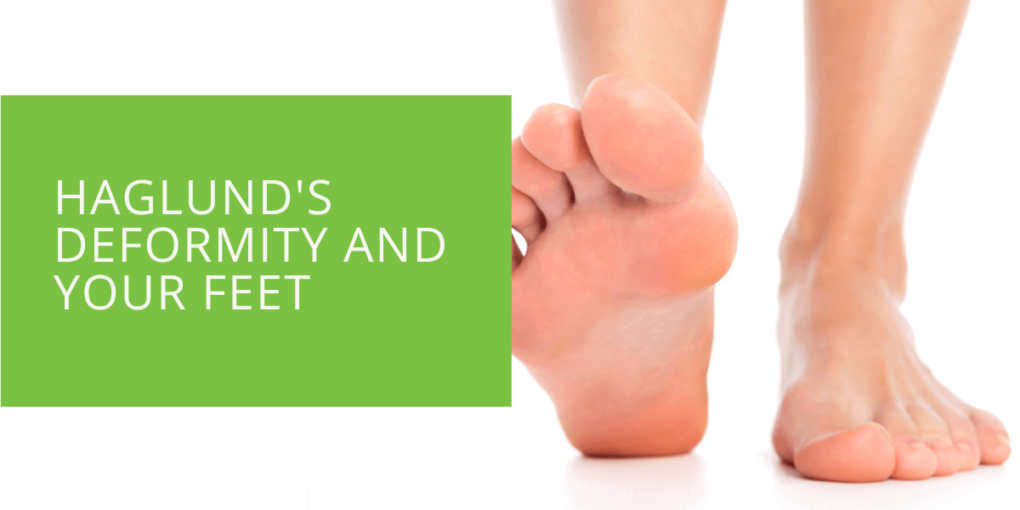Haglund’s Deformity and Your Feet: Causes, Symptoms & Treatment
Haglund's Deformity is a condition that affects the back of the heel bone. It is a bony enlargement that can cause heel pain and inflammation. This article will discuss the causes, symptoms, and treatments for Haglund's Deformity.
What is Haglund's Deformity?
Haglund's Deformity is a bony enlargement at the back of the heel bone. It is also known as "pump bump" because it is often associated with wearing shoes that rub against the back of the heel. The condition can also occur in people with high arches or a tight Achilles tendon. When the surrounding soft tissue becomes inflamed, it can cause pain and discomfort.
Symptoms of Haglund's Deformity
Haglund's Deformity can cause a variety of symptoms, including:
- Pain at the back of the heel bone: The most common symptom of Haglund's Deformity is pain at the back of the heel bone. The pain may be sharp or dull and may worsen with activity or when wearing shoes that put pressure on the back of the heel.
- Inflammation and swelling: The area around the bony enlargement may become inflamed and swollen. The skin may also feel warm to the touch.
- Bursitis: In some cases, a fluid-filled sac called a bursa may form at the back of the heel, causing additional pain and discomfort. This condition is known as bursitis.
- Enlargement of the heel bone: Haglund's Deformity causes a bony lump to form at the back of the heel bone. The lump may be visible on the outside of the foot and can feel hard and rigid to the touch.
- Irritation of the surrounding soft tissue: The bony enlargement can irritate the surrounding soft tissue, including the Achilles tendon, causing additional pain and discomfort. People with a tight Achilles tendon are more likely to experience this symptom.
- Change in walking pattern: People with Haglund's Deformity may change how they walk to avoid pressure on the back of the heel. This can cause them to walk on the outside of their foot, leading to further foot pain and discomfort.
If you are experiencing any of these symptoms, seeking medical attention from a podiatrist for a proper diagnosis and treatment plan is important. Early detection and treatment of Haglund's Deformity can help prevent further complications.

Diagnosis of Haglund's Deformity
If you suspect you have Haglund's Deformity or are experiencing foot pain, seeking medical attention from a podiatrist is important. The podiatrist will begin by taking a medical history and conducting a physical foot examination. During the examination, the podiatrist will look for signs of inflammation and swelling around the back of the heel. They will also check for any bony enlargement at the back of the heel.
Imaging tests, such as an X-ray or MRI, may also be ordered to confirm the diagnosis of Haglund's Deformity. An X-ray can help identify the bony lump and rule out other conditions that may be causing the foot pain. An MRI can provide a more detailed view of the soft tissue and help the podiatrist determine the extent of the inflammation and swelling.
Treatment for Haglund's Deformity
The treatment for Haglund's Deformity depends on the severity of the condition and the individual's symptoms. Non-surgical treatments are typically recommended first and may include:
- Wearing shoes that do not put pressure on the back of the heel: Avoid wearing shoes with rigid backs or that rub against the back. Choose shoes with soft backs and a wide toe box to reduce pressure on the foot.
- Using heel pads or shoe inserts: Heel pads or shoe inserts can help cushion the heel and reduce pain and discomfort. These can be purchased over the counter or custom-made by a podiatrist.
- Taking anti-inflammatory drugs: Non-steroidal anti-inflammatory drugs (NSAIDs), such as ibuprofen or naproxen, can help reduce pain and inflammation associated with Haglund's Deformity.
- Stretching exercises: Stretching exercises can help improve the flexibility of the Achilles tendon and reduce irritation and inflammation. A podiatrist can recommend specific exercises based on an individual's needs.
In severe cases, surgery may be necessary to remove the bony lump or to repair the surrounding soft tissue. Surgery is typically only recommended if non-surgical treatments do not alleviate symptoms and the condition is causing significant pain and discomfort.

Preventing Haglund's Deformity
While not all cases of Haglund's Deformity can be prevented, there are several steps individuals can take to reduce their risk of developing the condition. These steps include:
- Wearing proper footwear: Choosing footwear that fits well and does not rub against the back of the heel can help prevent irritation and inflammation. Shoes with soft backs and a wide toe box can help reduce pressure on the foot.
- Performing stretching exercises: Stretching exercises can help improve the flexibility of the Achilles tendon and reduce irritation and inflammation. A podiatrist can recommend specific exercises based on an individual's needs.
- Avoiding shoes with rigid backs: Shoes with rigid backs can put pressure on the back of the heel and increase the risk of developing Haglund's Deformity. Avoid wearing shoes with a hardback or choose shoes with a soft back.
- Using shoe inserts: Shoe inserts can help cushion the heel and reduce pressure on the foot. A podiatrist can prescribe heel pads or custom-made orthotics to provide the best fit and support.
- Maintaining a healthy weight: Excess weight can put additional pressure on the feet and increase the risk of developing foot conditions such as Haglund's Deformity.
- Seeking treatment for foot pain: It is important to seek medical attention if experiencing foot pain or discomfort. Early detection and treatment of foot conditions can prevent further complications and promote faster recovery.
Individuals can reduce their risk of developing Haglund's Deformity and other foot conditions by taking these steps. It is important to work with a podiatrist to determine the best prevention strategies for an individual's specific needs.
Conclusion
Haglund's Deformity is a condition that can cause heel pain and discomfort. If left untreated, it can lead to further complications. By understanding the causes, symptoms, and treatments of Haglund's Deformity, you can take steps to prevent and treat the condition. Remember to seek medical attention if you suspect you have Haglund's Deformity or are experiencing foot pain. Your podiatrist can provide a proper diagnosis and recommend the best treatment for your individual needs.
FAQ
What happens if you don't treat Haglund's deformity?
If left untreated, Haglund's deformity can cause chronic foot pain and discomfort, leading to other foot conditions such as Achilles tendonitis, bursitis, or plantar fasciitis. In severe cases, surgery may be necessary to alleviate the pain and discomfort.
How serious is Haglund's deformity?
Haglund's deformity can cause significant pain and discomfort, but it is typically not a serious condition. Most individuals can manage their symptoms and avoid further complications with proper treatment and management.
What is the most common cause of Haglund's deformity?
The most common cause of Haglund's deformity is wearing shoes that put pressure on the back of the heel. Shoes with a rigid back or high heels can irritate the soft tissue and bone at the back of the heel, leading to inflammation and swelling. People with high arches or tight Achilles tendons may also be more prone to developing Haglund's deformity.

